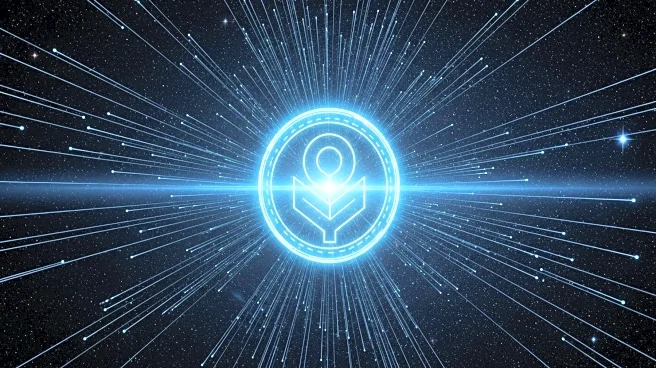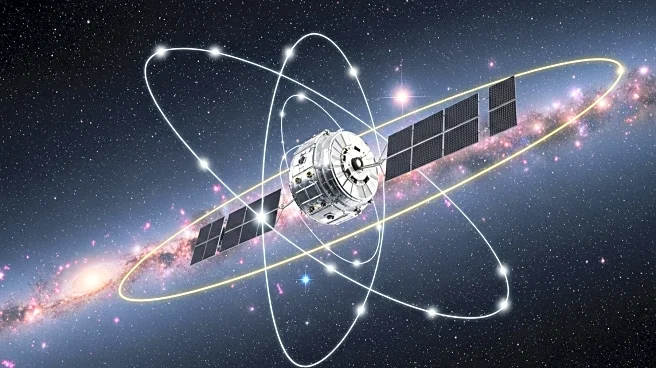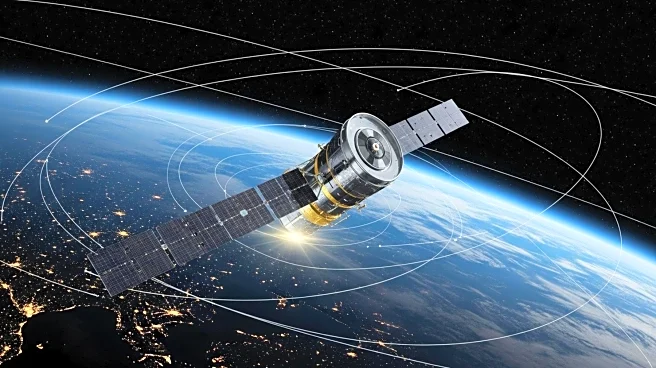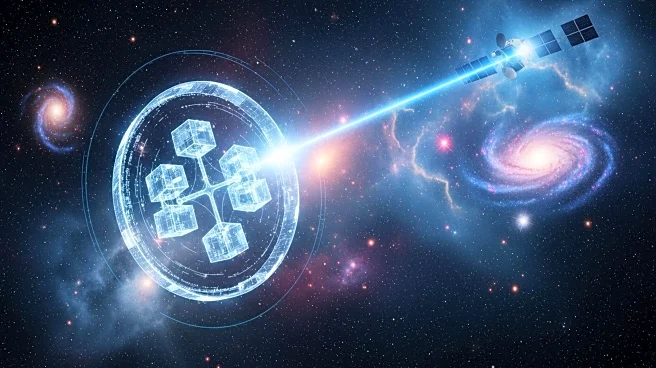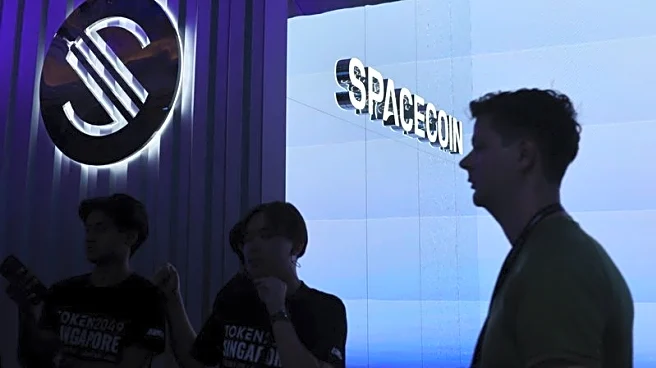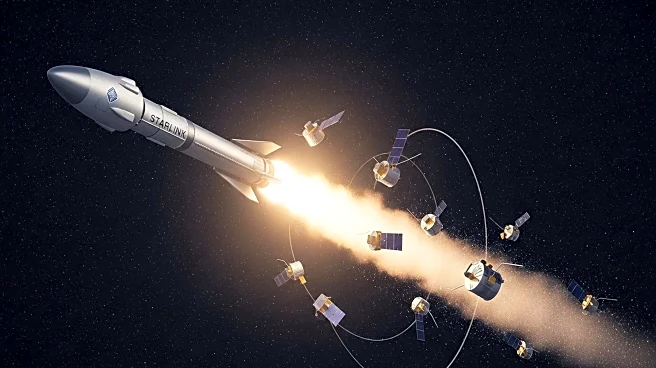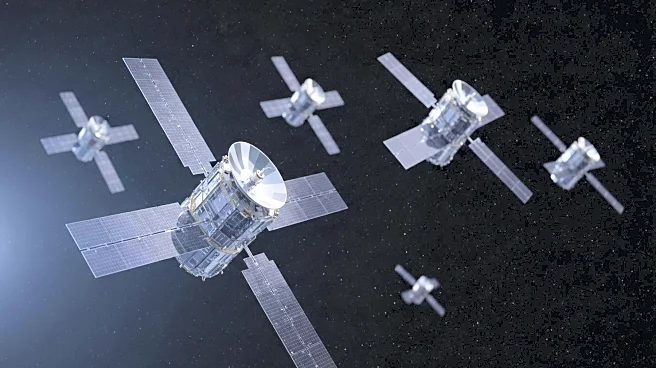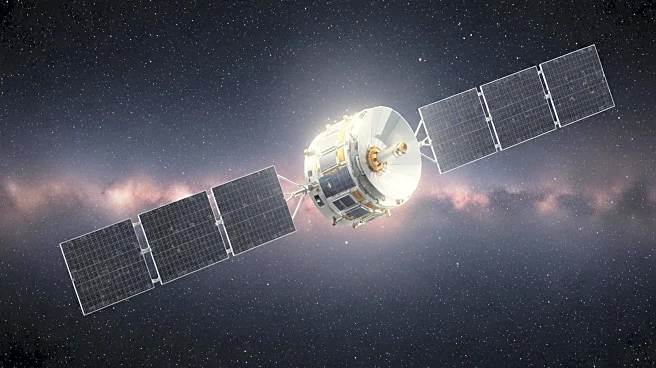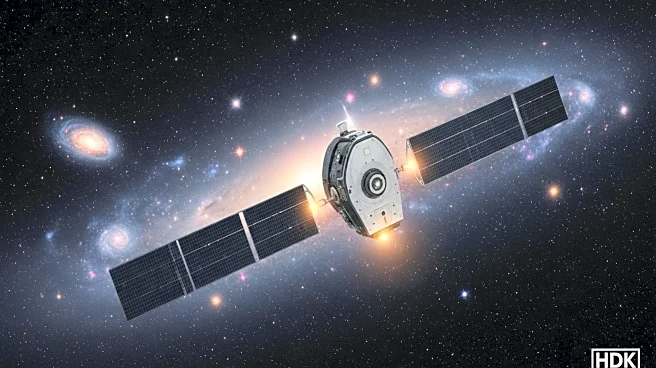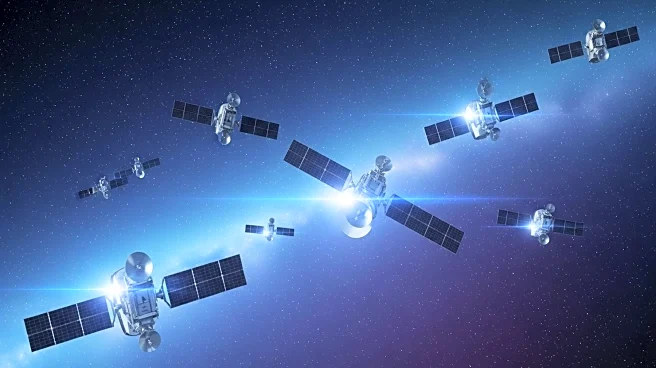What's Happening?
Spacecoin has successfully transmitted secured data via its first demonstration satellite, marking a significant step in its mission to create a decentralized communications network. This blockchain transaction, sent from Chile to Portugal, serves as a proof-of-concept for moving cryptographic signatures and encrypted data through space. The satellite, CTC-0, was launched in December 2024 on a SpaceX Falcon 9 rideshare. Spacecoin plans to launch additional satellites to enhance performance and further its goal of establishing a decentralized internet network, which it calls 'Starmesh'. This network aims to provide global, censorship-resistant internet access.
Why It's Important?
The successful demonstration by Spacecoin represents a potential shift in how internet connectivity could be provided globally. By using a decentralized satellite-based system, Spacecoin aims to offer an alternative to traditional terrestrial networks, which are often susceptible to outages, censorship, and monopolistic control. This development could challenge existing satellite broadband providers like SpaceX's Starlink and Amazon's Kuiper, offering a new model based on tokenized access and decentralization. If successful, Spacecoin's approach could democratize internet access, making it more resilient and independent of traditional infrastructure.
What's Next?
Spacecoin plans to launch additional satellites, known as CTC-1, which will be larger and more capable than the initial CTC-0. These launches are part of a broader strategy to build out the 'Starmesh' network. As Spacecoin continues to develop its technology, it will likely face competition from established players in the satellite internet space. The company will need to demonstrate the viability and reliability of its decentralized model to attract users and investors. Additionally, regulatory challenges may arise as Spacecoin seeks to expand its network globally.

